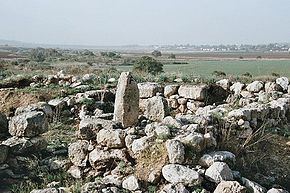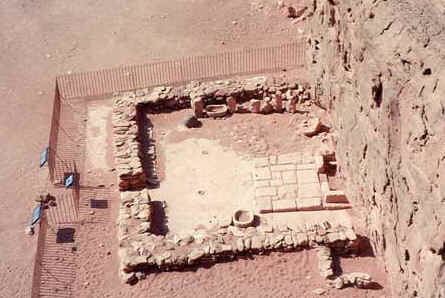Alternate name תמנתה Periods Middle Bronze Age Local time Saturday 2:59 PM | Area 10 acre Excavation dates 1979-1990s Period Bronze Age | |
 | ||
Weather 22°C, Wind W at 23 km/h, 49% Humidity | ||
Timnath or Timnah was a Philistine city in Canaan that is mentioned in the Hebrew Bible in Judges 14, as also in connection with Judah and Tamar in Genesis 38:14. Although inconclusive, modern archaeologists identify the ancient site with Tel Batash (Hebrew: תל בטש), a tel located in the Sorek Valley, near moshav Tal Shahar, Israel. Earlier historical geographers, such as A. Neubauer, Victor Guérin and Edward Robinson, have identified the site with Khirbet Tibneh, a ruin located ca. 3.2 kilometres (2 mi) southwest of Bet Shemesh, in Israel. French orientalist, Clermont-Ganneau, also thought Tibneh to be a corruption of the Hebrew word, Timnah. When Edward Robinson visited the immediate area in 1838, Tibneh was already a deserted village. The site is not to be confused with the copper smelting site of Timna in the Arabah near Eilat.
Contents
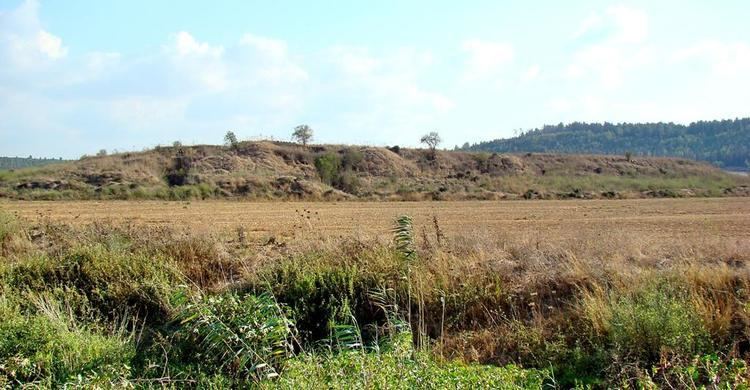
Tel Batash, thought by others to be Timnah based on its proximity to Zorah, the hometown of biblical figure Samson, was uncovered through 1977-1979 by Amihai Mazar and George L. Kelm while Kelm was serving as professor of Biblical Backgrounds and Archaeology at New Orleans Baptist Theological Seminary, on a dig sponsored by the Seminary.
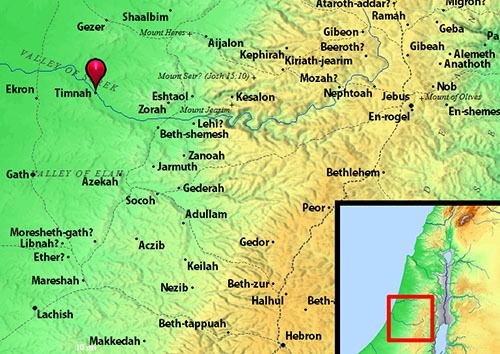
The town of Timnath, Colorado in the United States is named for the city.
Geography
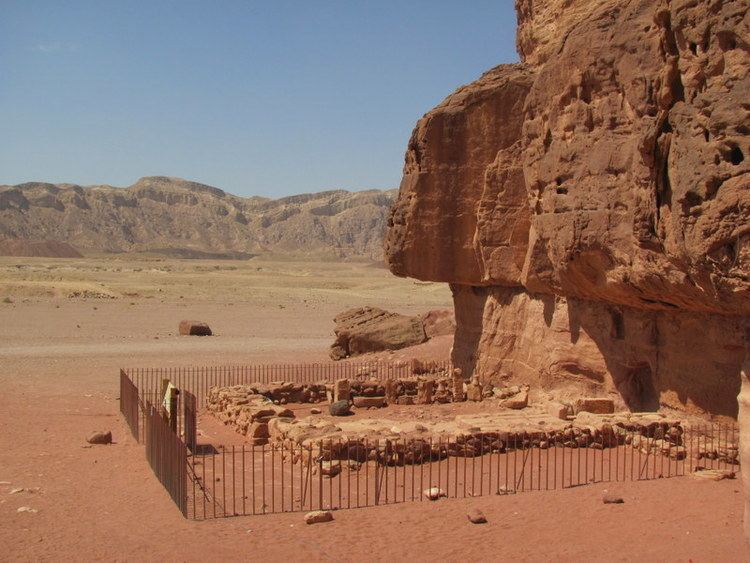
The Tel Batash site is strategically located in the Sorek Valley, an access point from the Coastal Plain through the Shephelah and into the Central Judean Mountains. Access to the Khirbet Tibneh site is now restricted because of its proximity to a military installation, although it too lies adjacent to the Sorek Valley to its south, on an elevated plateau. Lying perpendicular to the ancient ruin of Tibneh and the biblical city of Beit Shemesh ('Ain Shems) was another ancient village named Bîr el-Leimûn, being a junction on the road between Zorah and Tibneh and where there is a well. The place was still inhabited as late as 1835, but is now too a ruin.
History
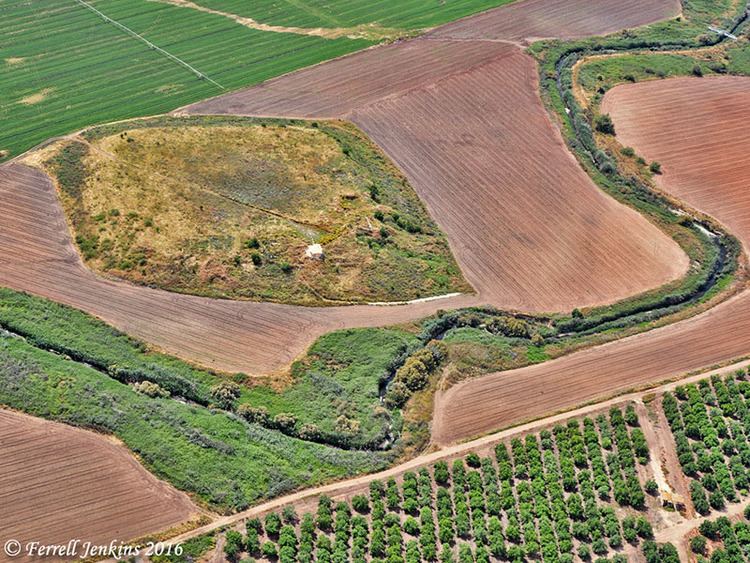
The Tel Batash site was first settled in the Middle Bronze Age by creating an earthen rampart that enclosed the 10 acre (4 hectare) site. Excavations under the leadership of Mazar and Kelm during the 1980s-1990s uncovered twelve strata of continuous settlement at the site through the Hellenistic period, with sparse settlement nearby during the Byzantine period. It included fortifications and buildings from the Kingdom of Judah period, dating to the 7th and 8th centuries BCE. In one of the buildings, a ceramic potsherd bearing a written LMLK seal was found. Not far from the tel, on the edge of Nahal Sorek are the remains of a Roman road as well as settlement dating to the Chalcolithic and Canaanite-periods.
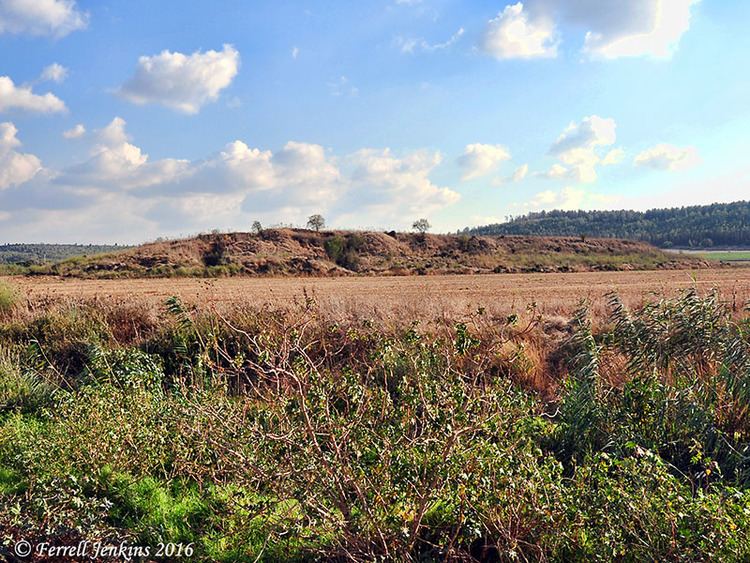
Timnah is mentioned in Genesis 38 in the context of the story of Tamar and in Judges 14 in the Samson saga. Samson goes to Timnah in order to find a wife. On his way there, he rends a lion. Samson marries a "girl of the Philistines" from Timnah. Samson poses a riddle for the men of Timnah, which they are only able to resolve following the intervention of his wife.
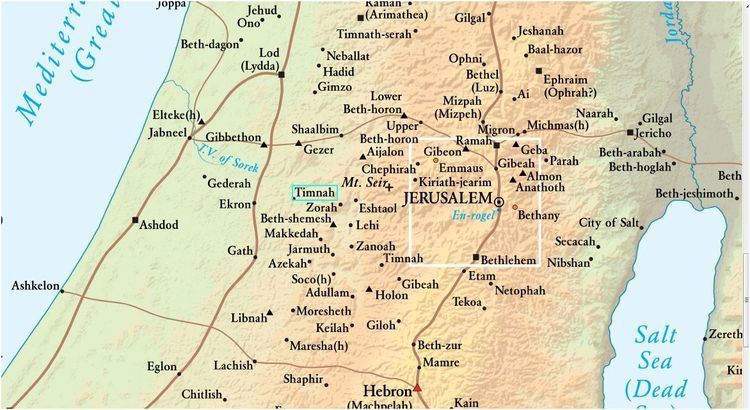
In Joshua 15:10, the city is mentioned as a point on the border of the Tribe of Judah. Judges 14:5refers to Timnah's vineyards.
